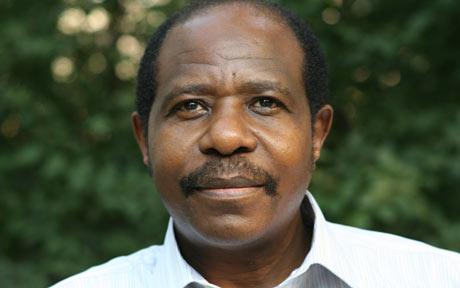The history of Fox News, as presented by Archer, was very enlightening to the current landscape of our news and media platforms. Ailes was one of the masterminds behind Bush’s public strategic response to the Iran-Contra scandal he was dealing with in 1988. He pushed Bush to attack Rather, the reporter, and his work in order to take away the bad attention from himself. Ailes and Bush were incredibly successful in their tactic and ushered in a “new era of hostility towards the press” (p. 4). Following the Bush campaign, Ailes went on to create the Fox News Channel because he saw a gap in the media that was in high demand- “conservative-leaning news” (p. 5). The whole purpose of Fox News was to be partisan and to report on Republican-supported issues.
Journalism, as the fourth estate, is supposed to be unbiased and in pursuit of the truth. Ailes’s media platform for journalism was never based in these same principles. Within these differing foundations lies the problem of the major distrust and criticism society currently has of our news. Before reading this essay, I was unaware that from the beginning the goal was for Fox News to be a primarily Republican sources of information. From an unknowing perspective, it is easy to assume corruption or a carelessness from the journalists at Fox News. But in reality, there creation of headlines and stories closely aligns with their company goals that stemmed from a very successful media run of turning the tables all the way in 1988.
3 Comments
